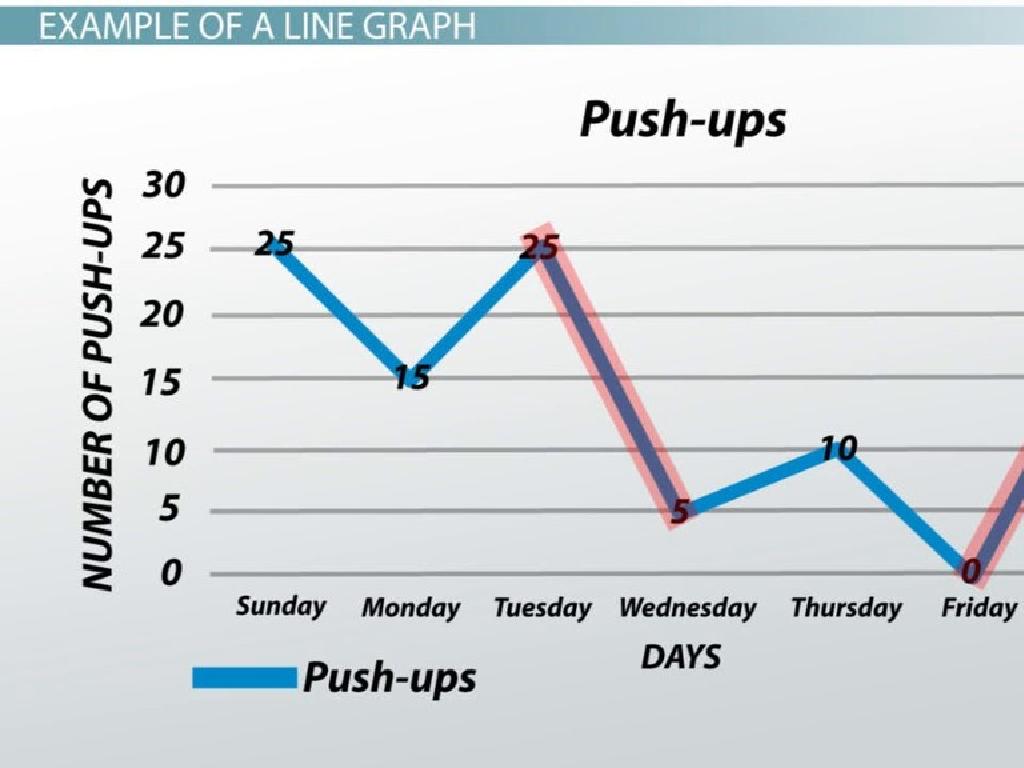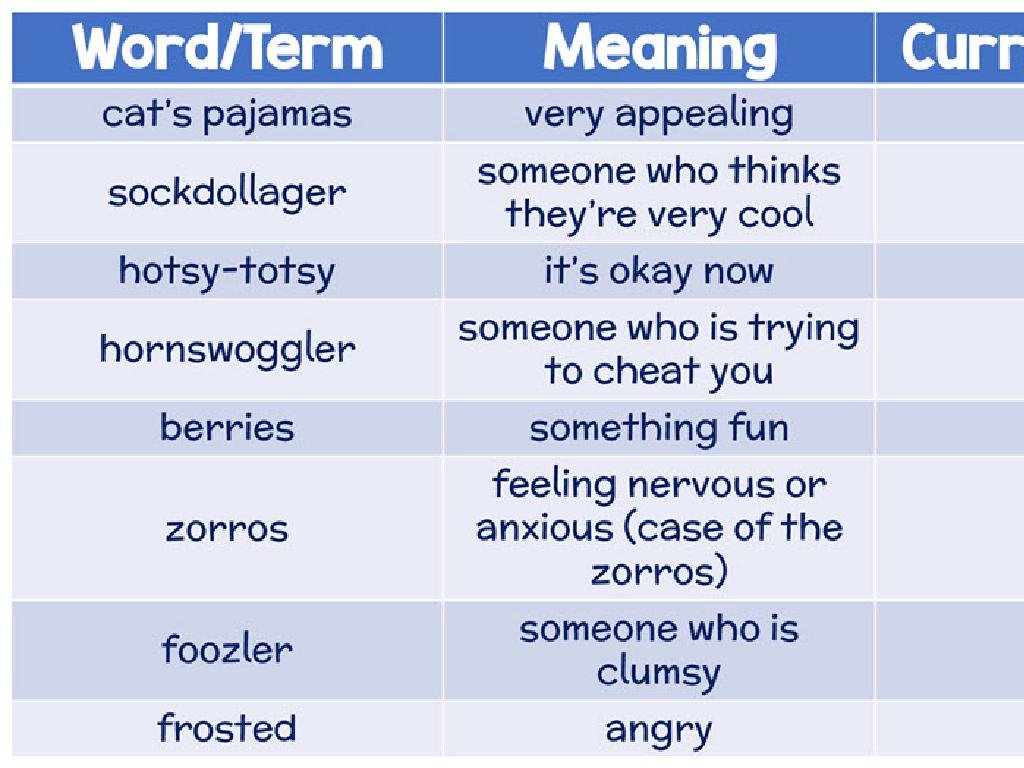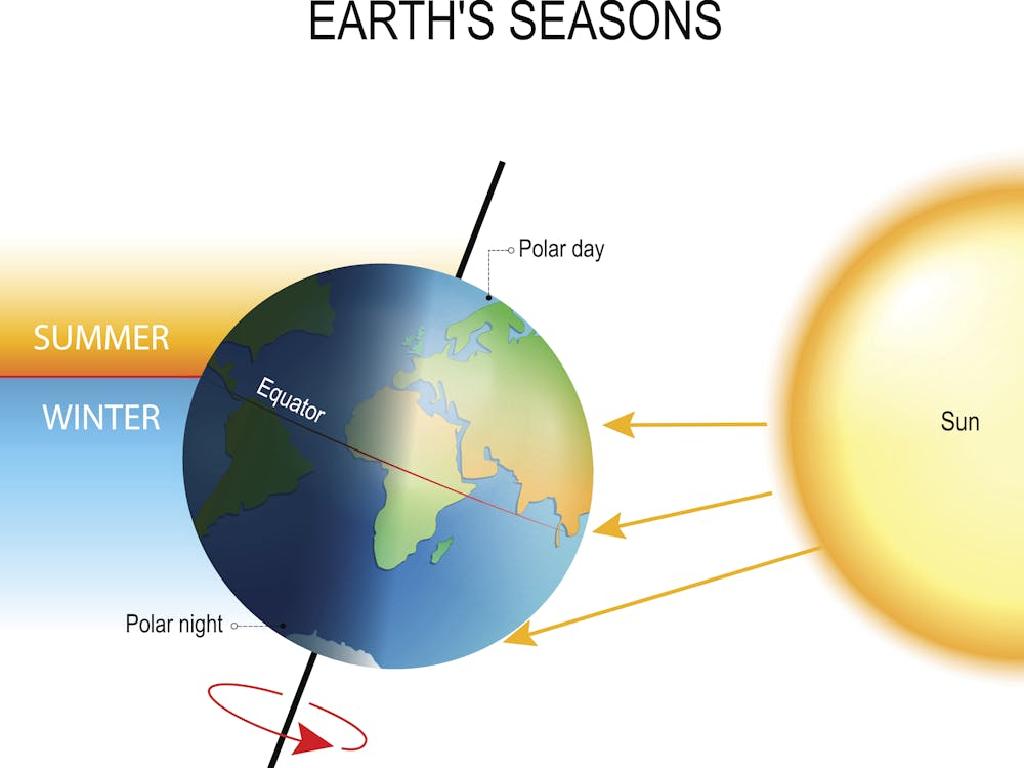Spell The Short Vowel Word
Subject: Language arts
Grade: Kindergarten
Topic: Short Vowels
Please LOG IN to download the presentation. Access is available to registered users only.
View More Content
Welcome to Short Vowels!
– Greet the class: Good morning!
– Today’s focus: Short vowel sounds
– Vowels can make different sounds, today we learn the short ones.
– Vowels: A, E, I, O, U
– These letters are vowels and they are very important in making words.
– Short vowels in words
– We’ll learn how these vowels sound in words like ‘cat’, ‘bed’, ‘pig’, ‘dog’, ‘sun’.
|
This slide is designed to introduce Kindergarten students to the concept of short vowel sounds. Start the lesson with a warm greeting to make the children feel comfortable. Explain that vowels are special letters in the alphabet and that they can make different sounds. Today’s lesson will focus on the short sounds that these vowels make. Use simple, familiar words as examples to illustrate each vowel’s short sound. Encourage the children to repeat the sounds after you and to try to identify the vowels in each example word. This will help them understand how vowels function in words and begin to recognize the patterns in their reading.
Meet the Short Vowels
– Each vowel has a unique sound
– Short vowel sounds introduction
– Short sounds: a as in ‘cat’, e as in ‘bed’, i as in ‘sit’, o as in ‘pot’, u as in ‘cup’
– Listening to vowel sounds
– Practice making the sounds
– Students will repeat the sounds after the teacher
|
This slide introduces kindergarteners to the concept of short vowel sounds, which are fundamental in learning to read and spell. Start by explaining that vowels are special letters in our alphabet and each one has its own sound. Play audio clips of each short vowel sound and have the children listen carefully. After listening, encourage the children to mimic the sounds. This auditory and vocal practice helps solidify their understanding of vowel sounds. Make the session interactive and fun by using visual aids like pictures representing words with short vowel sounds. For example, show a picture of a cat when discussing the short ‘a’ sound. This multisensory approach aids in memory retention and helps students in recognizing and forming short vowel sounds in words.
The Sound of ‘A’: Short Vowel Fun
– ‘A’ sounds like ‘apple’
– The short ‘A’ has a distinct sound, as in the word ‘apple’.
– Say ‘a’ as in ‘cat’
– Try pronouncing the ‘a’ in words like ‘cat’, ‘hat’, and ‘mat’.
– Let’s make the ‘a’ sound
– We’ll all say the ‘a’ sound out loud together in class!
– Practice with words
– Find and practice words that have the short ‘a’ sound.
|
This slide introduces the short vowel sound of ‘A’. Start by explaining that the short ‘A’ sounds like the ‘a’ in ‘apple’. Encourage the children to repeat the sound after you, using the word ‘cat’ as an example. Then, lead the class in a group activity where everyone says the ‘a’ sound together. This can be turned into a fun game where you say a word, and the children have to identify if it uses the short ‘A’ sound. Provide a list of words with the short ‘A’ sound for the children to practice at home, such as ‘bat’, ‘sad’, ‘jam’, and ‘fan’. The goal is to help them recognize and pronounce the short ‘A’ sound confidently.
The Sound of ‘E’: Short Vowel Fun
– ‘E’ as in ‘elephant’
– The short ‘E’ sounds like the ‘e’ in ‘elephant’.
– Practice saying ‘e’ like in ‘bed’
– Can you say ‘e’ like in ‘bed’? Try it out loud!
– Let’s make the ‘e’ sound together
– We’ll all say the ‘e’ sound in class, it’s fun!
– Finding ‘e’ in words around us
– Look for short ‘e’ in your favorite books or signs.
|
This slide introduces the short ‘E’ sound to Kindergarten students. Start by explaining that the short ‘E’ sound is the ‘e’ heard in the word ‘elephant’. Encourage the children to repeat the sound after you, using the word ‘bed’ as an example. Then, have the whole class say the ‘e’ sound together to practice. Finally, engage the students by asking them to find and share words that contain the short ‘e’ sound, either from their favorite books or environmental print they see around them. This activity will help reinforce the sound and recognition of the short ‘e’ in different contexts.
The Sound of ‘I’: Short Vowel Practice
– ‘I’ sounds like ‘igloo’
– Say ‘i’ as in ‘pig’
– Can you make the same sound as ‘i’ in ‘pig’?
– Practice making the ‘i’ sound
– Let’s say ‘i’ loudly and clearly, like ‘igloo’!
– We’ll do it together!
|
This slide is aimed at helping Kindergarten students recognize and pronounce the short ‘I’ sound. Start by explaining that the short ‘I’ sound is similar to the ‘i’ in ‘igloo’. Then, engage the students by asking them to say ‘i’ as they would hear in the word ‘pig’. Encourage them to notice the position of their mouth and the sound that comes out. Lead the class in a fun and interactive practice where everyone says the ‘i’ sound together. You can make this more engaging by having them stand up and say the sound or by saying it in a rhythm. The goal is to make the learning experience memorable and to ensure that the students can confidently recognize and pronounce the short ‘I’ sound.
The Sound of ‘O’: Short Vowel Exploration
– ‘O’ as in ‘octopus’
– The short ‘O’ sounds like the ‘o’ in ‘octopus’.
– Practice saying ‘o’ in ‘pot’
– Can you say ‘o’ like in ‘pot’? Try it out loud!
– Making the ‘o’ sound together
– We’ll all say the ‘o’ sound in unison, like a choir!
|
This slide is aimed at helping Kindergarten students recognize and pronounce the short ‘O’ sound. Start by introducing the sound with a familiar word like ‘octopus’ and then use a common word such as ‘pot’ to practice the sound. Encourage the students to repeat the sound several times. Make it interactive by having the whole class say the ‘o’ sound together, turning it into a fun group activity. This will help them remember the sound and associate it with the letter ‘O’. You can also bring objects that have the short ‘O’ sound in their names to class for a show and tell activity.
The Sound of ‘U’: Short Vowel Fun
– ‘U’ as in ‘umbrella’
– The short ‘U’ sounds like the ‘u’ in ‘umbrella’.
– Practice saying ‘u’ in ‘cup’
– Can you say ‘u’ like in ‘cup’? Try it out loud!
– Making the ‘u’ sound together
– We’ll all say the ‘u’ sound in unison, like a choir!
|
This slide is designed to introduce the short ‘U’ sound to Kindergarten students. Start by explaining that the short ‘U’ sound is similar to the first sound in ‘umbrella’. Encourage the children to repeat the sound after you, using the word ‘cup’ as an example. Make it interactive by having the whole class say the ‘u’ sound together, turning it into a fun group activity. This will help them remember the sound and associate it with the letter ‘U’. You can further reinforce the sound by singing a song or reading a story that features words with the short ‘U’ sound.
Spelling with Short Vowels
– Vowels help us spell words
– Learn about CVC words
– CVC stands for Consonant, Vowel, Consonant
– Examples: ‘cat’, ‘bed’, ‘pig’
– ‘cat’ has ‘a’ in the middle, ‘bed’ has ‘e’, ‘pig’ has ‘i’
– Practice spelling with fun!
|
This slide introduces kindergarteners to the concept of short vowel sounds within the structure of CVC words. Emphasize the role of vowels in making words and how they are surrounded by consonants in this pattern. Use visual aids or props to help students recognize the pattern in words. Provide examples like ‘cat’, ‘bed’, and ‘pig’ to illustrate the concept. Engage the students in a fun activity where they can practice spelling CVC words using letter blocks or drawing them out. The activity should be interactive and allow students to apply their understanding of short vowels in a supportive environment.
Let’s Spell Together!
– Time to spell words yourself
– Use magnetic letters for CVC words
– CVC words have a Consonant-Vowel-Consonant pattern, like ‘cat’
– Listen to the word I say
– Then you spell it out!
|
This slide is for an interactive class activity focused on spelling with short vowels, specifically CVC words. The teacher will say a word out loud, and the students will use magnetic letters to spell it. This hands-on approach helps kindergarteners understand the structure of simple words and recognize short vowel sounds. The teacher should prepare a list of CVC words to use during the activity, ensure that magnetic letters are available for each student, and assist students as needed. Possible words include ‘hat’, ‘dog’, ‘pen’, ‘big’, and ‘sun’. This activity promotes active participation and reinforces phonemic awareness.
Class Activity: Vowel Bingo
– Let’s play Vowel Bingo together!
– Listen for words and find vowels
– When you hear ‘cat’, find and mark ‘a’
– Mark the vowel on your Bingo card
– Have fun and try to get Bingo!
|
This activity is designed to help Kindergarten students recognize and differentiate short vowel sounds within words. Each student will have a Bingo card with a variety of short vowel sounds. As the teacher calls out words, students will listen for the vowel sound and mark it on their card. The goal is to get five marked spaces in a row, column, or diagonal. Teachers should prepare Bingo cards in advance, ensure each student understands the rules, and provide examples of words with different short vowel sounds. Possible variations of the game could include using pictures instead of words for students to identify the vowel sound, or playing ‘Blackout Bingo’ where the goal is to cover all spaces on the card.





